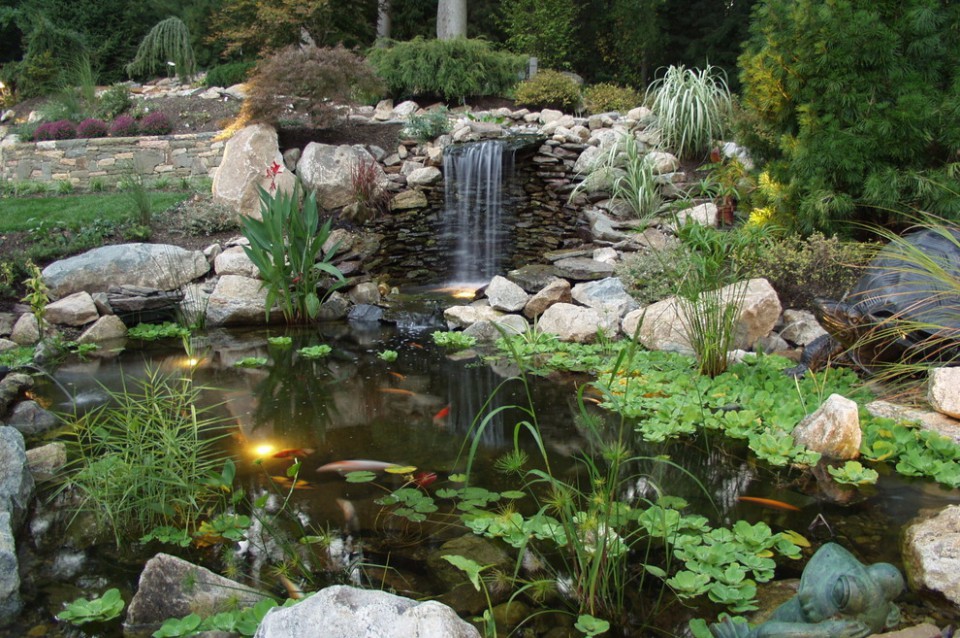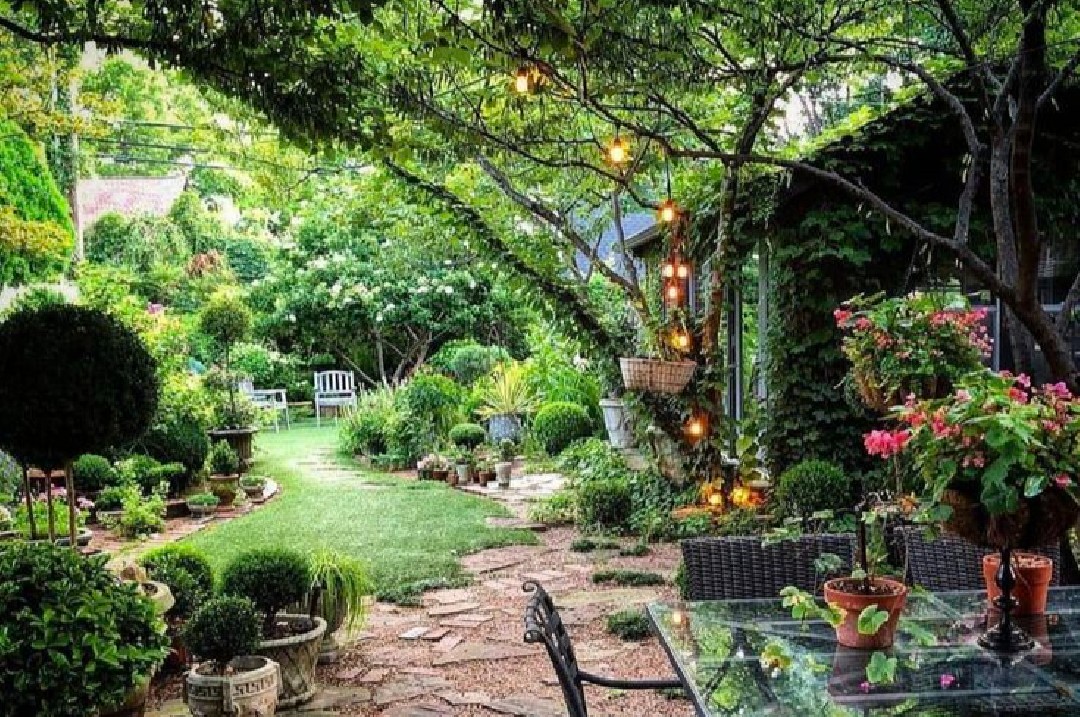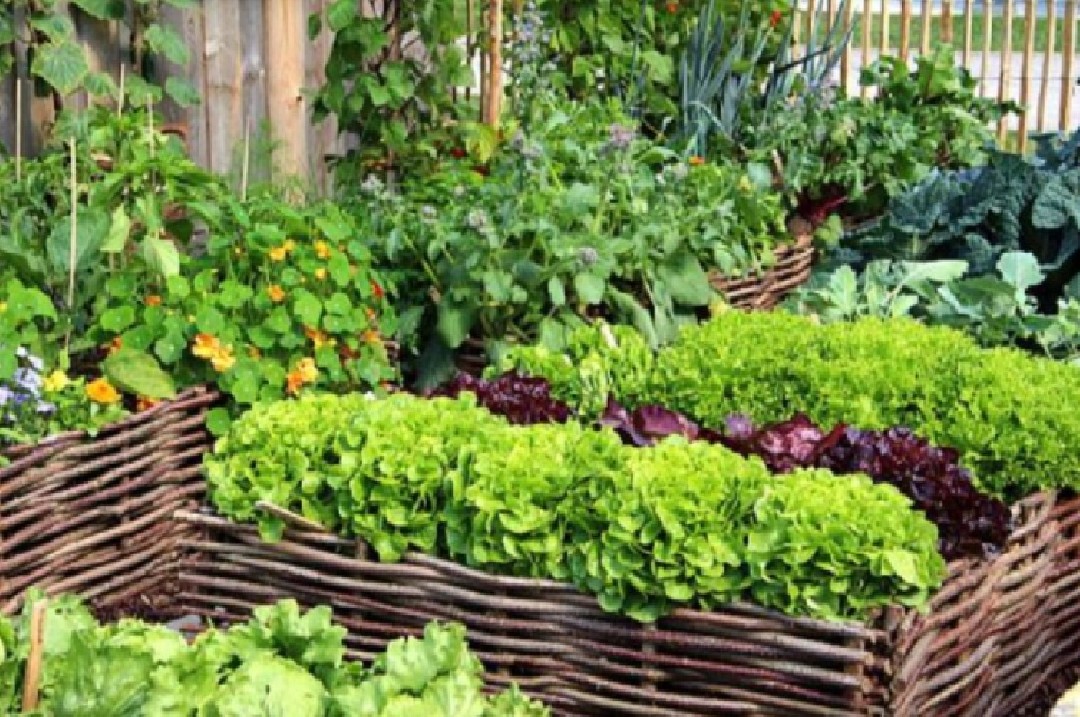Looking to Plan a Garden? How Do You Get Started?

Photo Source : pexels.com
Planning a garden is an exciting endeavor that allows you to connect with nature, enhance your outdoor space, and cultivate beautiful plants. Whether you have a large backyard or a small balcony, creating a garden can bring joy and tranquility to your life. However, getting started may seem overwhelming, especially if you are new to gardening. Click seedtime.us for all the gardening planning tools you need.
But first, here’s a comprehensive guide on how to plan a garden, covering everything from selecting the right location to choosing suitable plants and maintaining your garden's health.
Assess Your Space
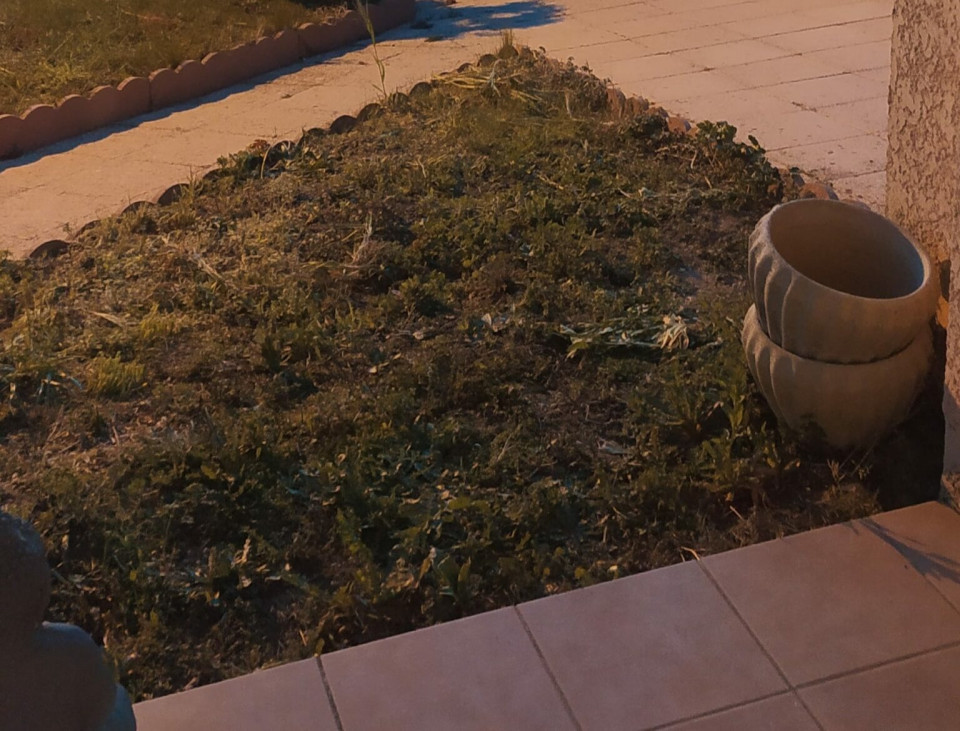
Photo Source : casanaute.fr
Before diving into garden planning, it's essential to assess your available space. Determine whether you have a backyard, front yard, balcony, or windowsill. Evaluate the size, orientation, and sunlight exposure of the area. Consider any limitations such as shade, nearby trees or structures, and accessibility to water sources. Understanding these factors will help you make informed decisions when selecting plants and designing your garden layout.
Define Your Goals and Preferences

Photo Source : architecturalbynature.com
Photo Source : ruralsprout.com
Next, identify your goals and preferences for the garden. Are you interested in growing vegetables, herbs, or ornamental plants? Do you want a garden that attracts butterflies and birds or provides a serene retreat? Take into account your taste, the purpose of the garden, and any specific needs or desires you have for the space. This will guide your plant selection and design choices.
Research and Gather Inspiration

Photo Source : architecturalbynature.com
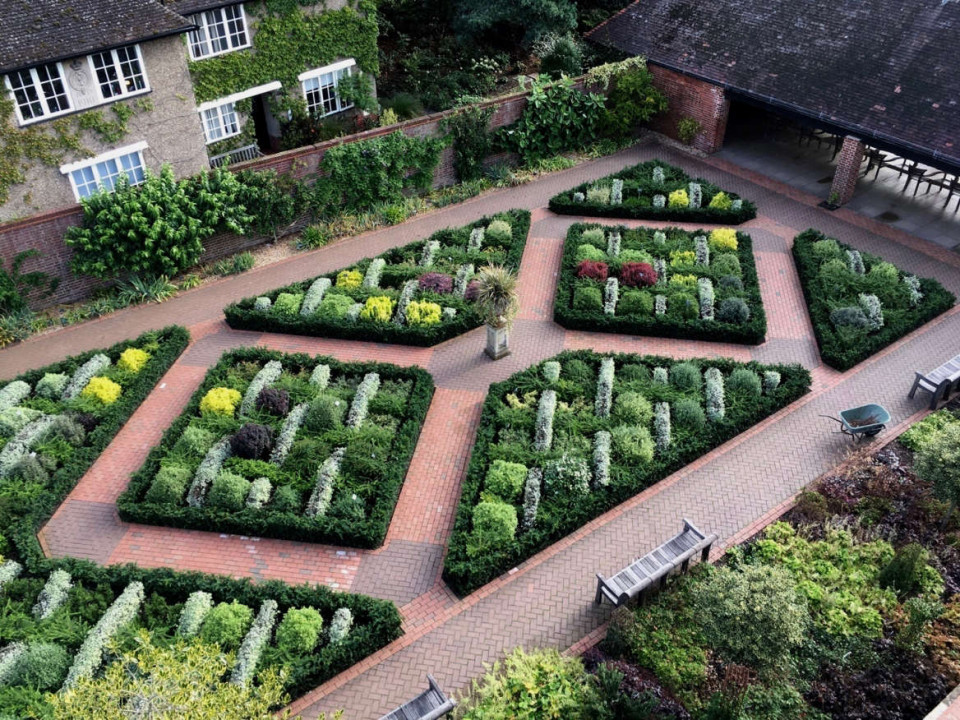
Photo Source : gardenista.com
Gaining inspiration and knowledge about different plants and garden styles can be tremendously helpful in planning your garden. Browse gardening magazines, books, websites, and social media platforms to gather ideas. Visit local botanical gardens or stroll around your neighborhood to observe what plants thrive in your area. Create a vision board or keep a notebook with pictures, sketches, and notes to capture your inspirations.
Consider Climate and Hardiness Zones
Understanding your climate and hardiness zone is crucial for a successful garden. Different plants have varying temperature and climate requirements. Research your region's hardiness zone, which provides information on the average minimum temperature, to identify plants that will thrive in your area. This knowledge will prevent you from selecting plants that are not suitable for your local conditions and increase the chances of success in your garden.
Plan the Layout

Photo Source : architectureartdesigns.com
Once you have gathered inspiration and researched suitable plants, it's time to plan the layout of your garden. Consider factors such as the arrangement of plants, walkways, seating areas, and focal points. A well-designed garden should have a harmonious balance of different elements, such as height, color, and texture. Draw a rough sketch of your garden and experiment with different layouts before finalizing your design.
Select Plants Wisely
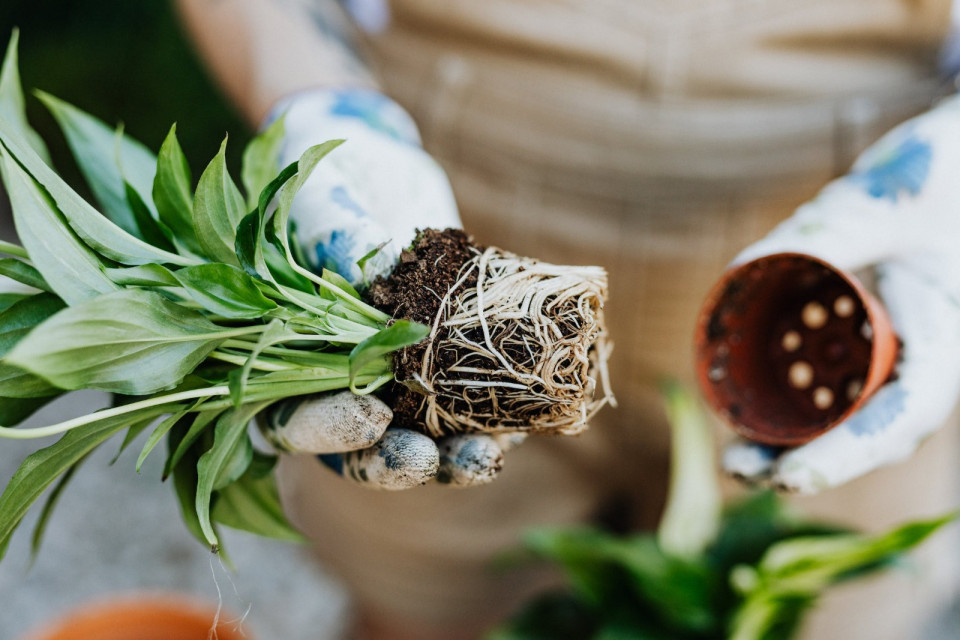
Photo Source : pexels.com
When selecting plants for your garden, consider their growth requirements, including sunlight, soil type, water needs, and maintenance level. Opt for a mix of annuals, perennials, shrubs, and trees to provide interest throughout the year. Choose plants with different flowering seasons, foliage colors, and textures to create visual appeal. Additionally, consider the mature size of the plants to ensure they fit well within your space.
Prepare the Soil
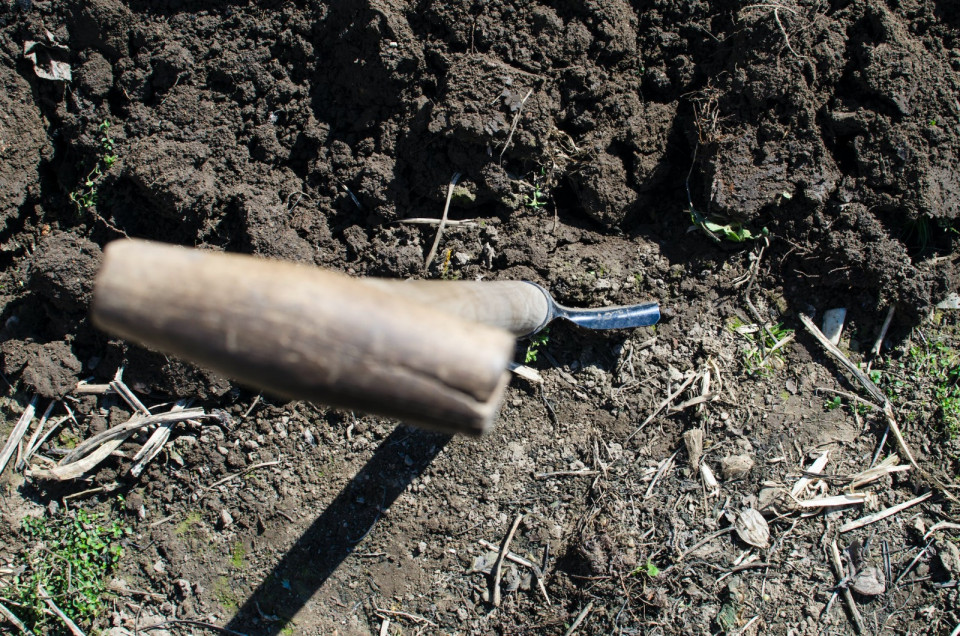
Photo Source : pexels.com
Healthy soil is the foundation of a thriving garden. Before planting, assess your soil's condition and make any necessary amendments. Conduct a soil test to determine its pH level and nutrient content. Add organic matter such as compost or well-rotted manure to improve soil structure and fertility. Remove weeds or grass from the planting area to prevent competition with your chosen plants.
Start Planting

Photo Source : pexels.com
With your layout planned and soil prepared, it's time to start planting. Follow the planting instructions provided with each plant, considering factors such as spacing, depth, and watering requirements. Give each plant adequate space to grow and ensure they receive the appropriate amount of sunlight. Water the newly planted garden thoroughly and maintain a regular watering schedule according to the needs of your plants.
Provide Care and Maintenance
Photo Source : pexels.com
To keep your garden flourishing, regular care and maintenance are essential. Monitor your plants for signs of pests, diseases, or nutrient deficiencies. Water your garden appropriately, considering the specific needs of each plant. Mulch the soil to conserve moisture and suppress weed growth. Prune and deadhead flowers promote healthy growth and prolong blooming. Regularly remove weeds to prevent them from overtaking your garden.
Embrace Learning and Adaptation
Finally, remember that gardening is a continuous learning process. As you gain experience, you will become more attuned to your garden's needs and the particularities of your local climate. Don't be afraid to experiment, make mistakes, and adapt your garden over time. Joining a local gardening club or attending workshops can provide valuable insights and opportunities to exchange ideas with other gardeners.
Planning a garden is an enjoyable and rewarding endeavor that allows you to create a personal oasis and connect with nature. By assessing your space, defining your goals, researching suitable plants, and planning your layout, you can lay the foundation for a successful garden. With proper care and maintenance, your garden will flourish, providing beauty, relaxation, and a sense of accomplishment. So, roll up your sleeves, get your hands dirty, and embark on planning your dream garden.





